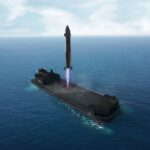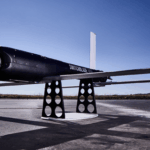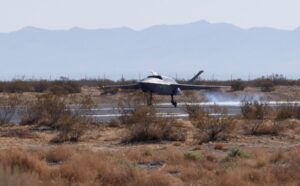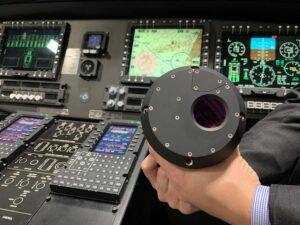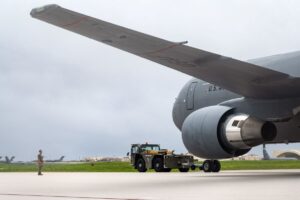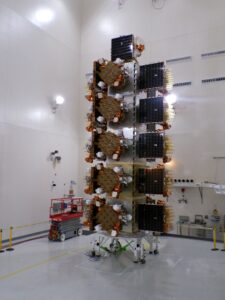
The Pentagon "earlier this month" began delivering the first unmanned systems for its Replicator initiative to field thousands of attritable autonomous capabilities by August 2025, Deputy Defense Secretary Kathleen Hicks confirmed on Thursday. Hicks’ new Replicator update does not specify the unmanned systems that were delivered or where they’ve been sent, while citing the progress as proving out the effort “is not only possible; it’s producing real results.” “Together with the private sector and with support from Congress, the Replicator…

 By
By 